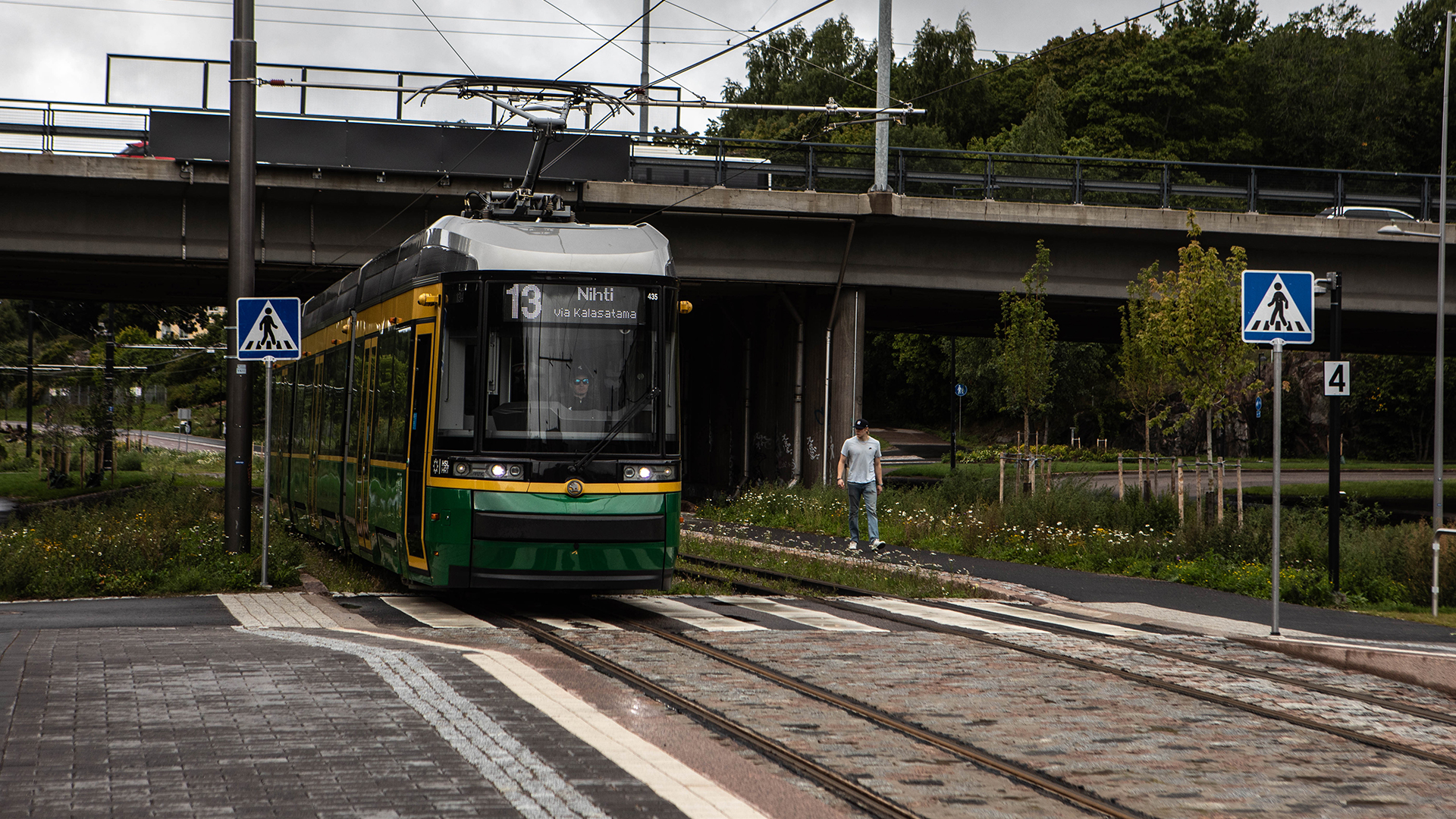The roundtable on the circular economy in infrastructure construction invited authorities, companies, cities, research institutes and organizations to discuss an important issue. What did you take away from the discussion?

The roundtable on the circular economy in infrastructure construction deepened the discussion on the challenges of the circular economy, data collection, control methods, and upcoming legal changes.
Speeches at the event held on August 20.8.2025, XNUMX were delivered by the director coordinating circular economy issues at the Construction Industry Federation and INFRA ry. Juha Laurila.
It is particularly important for Laurila that a separate event was organized on the circular economy in the infrastructure sector.
“The circular economy discussion in construction often focuses on building construction, even though infrastructure construction has a very large impact on the use of natural resources. More than 60 percent of Finland's material flows are related to the use of soil and rock materials, and they are moved specifically in the infrastructure sector.”
The knowledge base is still incomplete
The discussion took place in a situation where there is no comprehensive data available on the quantities of recycled materials in particular or materials in general.
At the same time, the role of maintenance and repair is increasing, which on the one hand opens up opportunities to reduce the use of virgin natural resources.
“There is a great need for uniform metrics and data collection, but current systems do not enable comprehensive and comparable monitoring of the use of soil, rock or demolition materials. Data collection is fragmented and often manual, which makes reliable monitoring even more difficult.”
The discussion also highlighted regional differences: the availability and use of recycled materials varies by region. For example, municipalities have significant opportunities to promote a circular economy, but resources and knowledge of alternative materials may be limited.

Promoting a circular economy in infrastructure construction requires guidance and everyday development work on indicators, data collection, legislation and procurement criteria, Juha Laurila summarizes the findings of the roundtable.
Change starts with demanding
The roundtable participants broadly recognized the need for steering tools. Market-based development alone is not enough to achieve the goals of the circular economy, but decisions are needed on the means by which development can be steered in the desired direction.
"The discussion raised issues such as a usage share obligation, in which a certain proportion of the materials used in projects would be recycled material, and of course economic control measures, such as a waste tax or soil tax."
Effective control measures could also include concrete requirements to promote the circular economy in public procurement, and in time also a circular economy act, which is currently still in preparation.
“EU regulations still largely determine national room for maneuver,” Laurila reminds.
Voluntary means complement the toolbox. However, the effectiveness of Green Deal commitments and other voluntary programmes requires greater participation and concrete actions from stakeholders. Open cooperation between stakeholders to share information and create common tools, processes and pilots is key.
"The discussion at the table was constructive and solution-oriented, but also critical. Together, we had to conclude that the current systems do not yet sufficiently support the achievement of circular economy goals," Laurila sums up. The discussion must continue.
Key takeaways from the infrastructure construction circular economy roundtable 20.8.2025
- The circular economy in infrastructure construction plays a crucial role in reducing the use of natural resources.
- Developing the knowledge base and metrics is urgent.
- Control measures such as user-share obligations and financial incentives are needed, but their implementation requires careful planning and regional flexibility.
- Public procurement and voluntary commitments are important levers. Cooperation and information sharing are key to achieving concrete results.
The discussion was attended by 20 experts from, among others, the Finnish Transport Infrastructure Agency, the Ministry of the Environment and the Finnish Environment Institute. The discussion was followed remotely by nearly a hundred people interested in the topic.